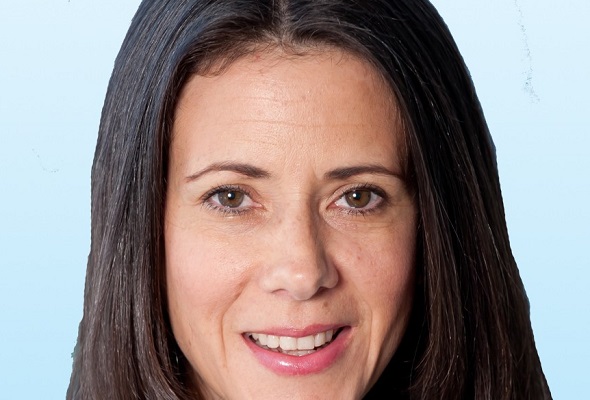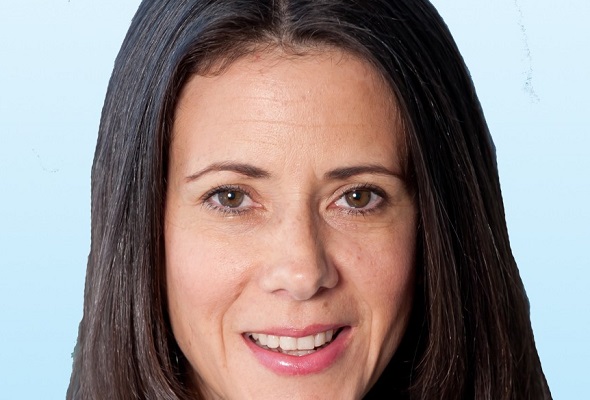South Florida has emerged as one of the top retail markets in the US. But change is in air everywhere. So what’s in store for 2019? Colliers International South Florida’s Sabrina Stimming, Executive Vice President, Director of Retail Services, takes on the subject.
GlobeSt.com: As the retail market evolves due to e-commerce, what role will retail play in new developments?
Sabrina Stimming: The shift in real estate demand caused by the growth in e-commerce is changing the CRE landscape in South Florida. Developers are looking to create the most value for their projects by including a complementary mix of uses that allow residents to live, work, shop and play all within walking distance of each other. Most new ground-up developments are incorporating a mix of uses including luxury retail, multifamily, co-working space, lifestyle and entertainment options. Retail continues to play a major role in these developments and in the redevelopment of many outdated traditional malls by satisfying the “shop” and “play” pieces of the puzzle.
Following the success our team had with the once challenged retail component at Downtown Dadeland, we are seeing several mixed-use, pedestrian-friendly new developments sprout up across South Florida. With significant renovations, a rebranding initiative, and a shift in tenant mix that caters to the diverse local population, we increased occupancy at Downtown Dadeland from 50 percent in 2014 to over 98 percent at the end of 2018, more than doubling the project’s value. In Broward County, a number of mixed-use developments are well underway including Dania Pointe, Metropica, Pembroke Pines City Center, and mostly recently Plantation Walk, where Colliers International South Florida was hired to lease the redevelopment of the former Fashion Mall site.
GlobeSt.com: What type of tech/ innovation will gain speed in the retail market in 2019?
Stimming: Beyond the major disrupter of retail today – e-commerce – there are other revolutionizing technologies that are changing the way people shop and shaping the retail landscape. We’re seeing advancements in in-store technology like augmented and virtual reality (AR and VR) being used by retailers to create digital showrooms that allow shoppers to browse entire product lines from a headset. Home goods stores like Ikea and Lowes are utilizing AR to help customers visualize how furniture would look in their homes. Virtual stores are being developed whereby the customer can connect via an app on their mobile device, browse through virtual aisles of a store and select items to be delivered to their home.
Through these devices, the retailers are collecting important consumer data to improve merchandising and product placement. Behind the scenes, solutions to managing supply chain and inventory logistics are advancing based on the technology behind Bitcoin and cryptocurrency, Blockchain and other Artificial Intelligence solutions, making retail processes more streamlined and efficient. At the end of the transaction, Amazon and Walmart are exploring how drones can be used to aid in product delivery.
These advancements and their increased adoption by retailers and landlords aid in collecting better customer data while shrinking the retailers’ physical footprints. From a leasing perspective, landlords and developers are utilizing AR and VR tools to “tour” prospective tenants through predevelopment projects, rather than having to rely on two-dimensional renderings, and all without the necessity of a site visit.
GlobeSt.com: Following the closings of big box retailers, how is that space being repositioned?
Stimming: Though there were a number of big-box store closures throughout 2018, most landlords throughout South Florida have been fortunate enough to backfill those locations, most often by splitting larger single tenant boxes into multi junior anchor formats, affording tenants the opportunity to strategically resize or “right size” stores in newly vacant space. Though it varies by market, the most active segments taking up vacant big box space has been discount, soft-goods retailers, new grocers entering the South Florida market, and secondary entertainment such as trampoline parks.
Landlords also turned to experiential entertainment tenants to backfill vacant spaces left behind by big-box users, particularly at regional mall sites. We have already seen Seritage Growth Properties reposition the former Sears store at Aventura Mall to become an open-air shopping village featuring retail, dining and entertainment options within an outdoor, pedestrian-friendly plaza. Seritage has similar plans to repurpose the Sears stores at Westfield Broward mall in Plantation and Boca Town Center in Boca Raton. Both projects call for a partial demolition with a mix of retail stores, restaurants, entertainment and fitness center tenants moving in.
GlobeSt.com: What are some trends to watch in 2019?
Stimming: We can look out for the “clicks to bricks” movement as traditional online retailers include a physical store footprint in their growth plans moving forward. With a proven online presence, many are testing the waters with pop up stores and short-term leases. Landlords are embracing these tenants as a way to entice the millennial shopper to come to their retail centers. BrandBox has capitalized on this trend by offering online brands a turnkey approach to opening physical locations in a shared modular environment.
We can expect to continue to see a rise in “fine-casual” restaurants that offer chef-inspired menus and higher-end experiences but with the speed and convenience of fast-casual restaurants. There’s a strong demand for good quality food, and consumers are willing to pay for it, but they are also looking for efficiency in their dining experience. And of course, the restaurants enjoy the lower rents and labor costs that come with the smaller footprint.
GlobelSt.com: How will the evolution of the South Florida retail market differ from other markets in the US?
Stimming: South Florida stands out as one of the top retail markets in the nation. It offers some of the most visited and profitable malls in the country and has been recognized as one of the top long-term “buy” markets in recent years. Despite the headwinds impacting the retail market across the nation, the South Florida retail market is offset by geographical boundaries to development, steady population growth, low unemployment and a robust and growing tourism industry. South Florida is on the map as a luxury retail destination catering to wealthy tourists, and the world-class new additions to the retail landscape like Brickell City Center and proposed developments like the Miami Worldcenter and American Dream Mall only enhance our positioning.


